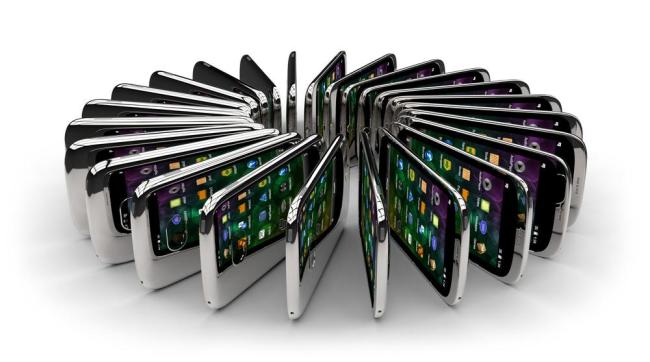The term “Big data” is still new and unheard in many organizations, but is rapidly creating eruptions all around the world. So before we begin this blog, for the benefit of the non technology savvy people – what is big data all about? It is an accumulated data set that is collected from both structured (as in traditional databases, tables etc) and unstructured (like the social media, videos, photos, emails etc) forms of data. The recent ability to harness these structured and unstructured data together has created a big vibe in the information industry. Open source technologies like Hadoop and R analytics have made it even more affordable and accessible for the new age organizations.
In this blog, I am not going to talk about the benefits of bigdata for the companies. A simple Google search on bigdata will provide you with millions of topics to read and sleep. I am going to unwind a field where bigdata is rapidly making in-roads and is definitely going to revolutionize the way we perceive social media.
- What if I say that bigdata is going to determine whether you are a suitable candidate for an academic seat in an institution?
- What if I say that bigdata is going to determine whether you are employable for an organization?
- What if I say that bigdata is going to determine whether you are good citizen or not?
Sounds unbelievable? It is the reality. Some US academic intuitions are exploring bigdata for admission processes. Companies like Google have already started analyzing bigdata for hiring better employees. Government organizations are looking into bigdata for collecting information on non-tax payers and defaulters.
We are going to see a radical shift in the way recruitment is going to happen in future. Resumes will very soon become an outdated process for recruitment. While companies are going to fight it out for the right candidate on a global level, gear yourself and be prepared for a roller coaster ride – a direct message from bigdata!






